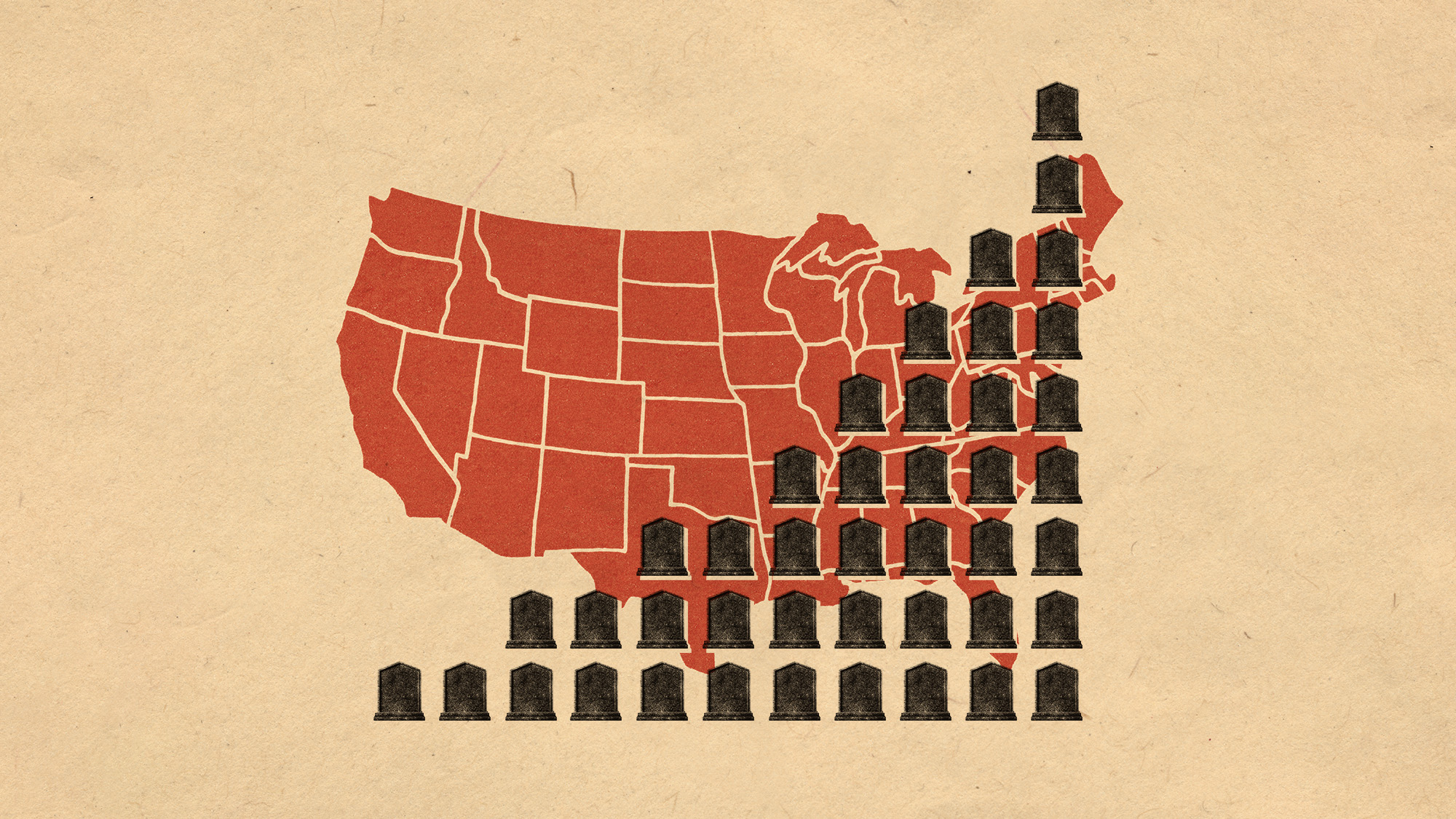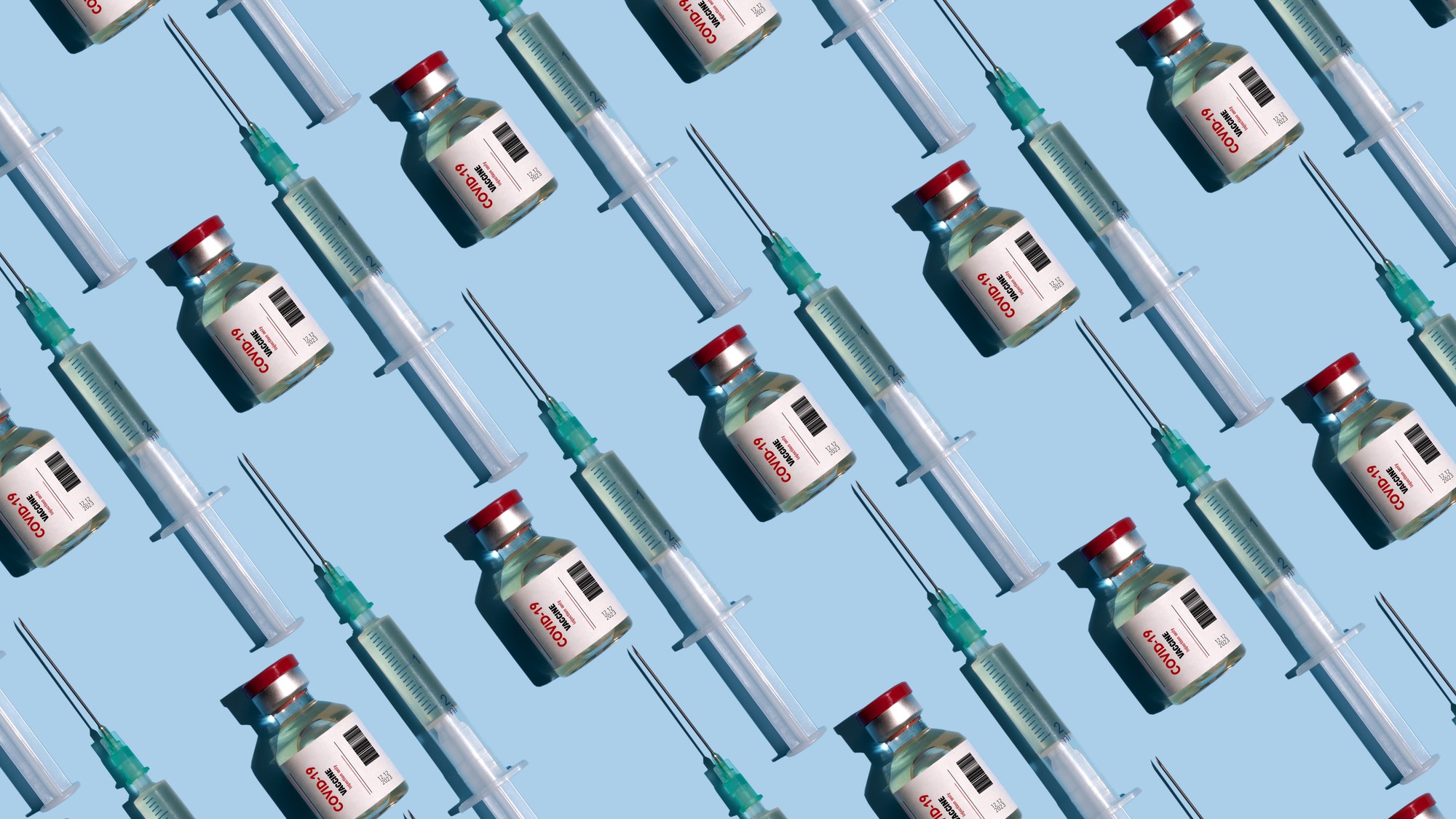Climate change is getting under our skin
Skin conditions are worsening because of warming temperatures


Climate change has been wreaking havoc on our largest organ: the skin. Extreme heat, pollution and changing rainfall can worsen skin conditions. As a result, skin products have also had to evolve to keep up with changing demands.
On the surface
Skin is “exquisitely sensitive” to climate and ecological changes, said Louise Andersen, the cochair of the International Society of Dermatology Committee on Climate Change and a dermatologist at Aleris-Hamlet Hospitals in Denmark, to Harvard Medicine. It is the first barrier against the environment, pathogens and UV radiation, so it is also one of the first organs to be affected by the rapidly changing climate. It is a “delicate system where the balance has shifted in recent years.”
Many different aspects of climate change can negatively affect the skin. Rising temperatures and extreme heat are one of the biggest risks. Heat can “get trapped in our skin, triggering several inflammatory issues,” said Women’s Health. Acne can worsen too, as “increased sweat can lead to more clogged pores.” Heat can also “increase heat rashes, particularly those in friction-prone areas like under the breasts, groin and inner thighs, as well as yeast and bacterial conditions that can occur with perspiration buildup on the skin.” Extreme temperatures additionally affect prior conditions, exacerbating “psoriasis and facial flushing from lupus,” said National Geographic. These symptoms are now “appearing earlier in the spring and later into the fall because hotter days are beginning earlier in the year and lasting longer into the fall.”
The Week
Escape your echo chamber. Get the facts behind the news, plus analysis from multiple perspectives.

Sign up for The Week's Free Newsletters
From our morning news briefing to a weekly Good News Newsletter, get the best of The Week delivered directly to your inbox.
From our morning news briefing to a weekly Good News Newsletter, get the best of The Week delivered directly to your inbox.
Along with heat, “many, if not all, inflammatory diseases will be affected by air pollution, including wildfire smoke,” Maria Wei, a dermatologist at the University of California, San Francisco, said to National Geographic. Wildfires release fine particulate matter that can “trigger oxidative stress” and damage the skin, the outlet said. In addition, “floods from changing rainfall patterns or severe storms carry the threats of chemical exposure, skin injury, fungal infections, and bacterial, viral and parasitic diseases with skin manifestations.” There is an elevated risk for children, as climate change “poses unique dermatologic risks” because of their “immature skin barrier function, weakened immune systems and dependence on caregivers,” said a study published in the journal Cureus.
Skin solutions
Our relationship to skin care is changing in response to the climate. For example, ozone depletion as a result of pollution is causing more exposure to UV radiation. Many are “buying more sun protection products now — both in their cosmetics and as standalone sunscreens — than they did five years ago,” said Beauty Matter. Warming temperatures are “driving demand for sweat-proof, cooling and anti-humidity solutions.”
Driven by newfound demand, “brands are launching hyper-targeted solutions designed to shield, adapt and defend against the elements in real time, addressing immediate concerns while enhancing long-term resilience,” said Beauty Matter. But not everyone can afford new skin solutions, and inflammatory skin conditions are “common in marginalized populations who may not have access to air conditioning, or who work outside all day, and extreme heat creates a favorable environment for bacterial growth, compromising the skin's natural defenses,” said National Geographic. “Monitoring air quality and preventing damage during those poor air quality days is key to protecting your skin.”
A free daily email with the biggest news stories of the day – and the best features from TheWeek.com
Devika Rao has worked as a staff writer at The Week since 2022, covering science, the environment, climate and business. She previously worked as a policy associate for a nonprofit organization advocating for environmental action from a business perspective.
-
 It Was Just an Accident: a ‘striking’ attack on the Iranian regime
It Was Just an Accident: a ‘striking’ attack on the Iranian regimeThe Week Recommends Jafar Panahi’s furious Palme d’Or-winning revenge thriller was made in secret
-
 Singin’ in the Rain: fun Christmas show is ‘pure bottled sunshine’
Singin’ in the Rain: fun Christmas show is ‘pure bottled sunshine’The Week Recommends Raz Shaw’s take on the classic musical is ‘gloriously cheering’
-
 Holbein: ‘a superb and groundbreaking biography’
Holbein: ‘a superb and groundbreaking biography’The Week Recommends Elizabeth Goldring’s ‘definitive account’ brings the German artist ‘vividly to life’
-
 Stopping GLP-1s raises complicated questions for pregnancy
Stopping GLP-1s raises complicated questions for pregnancyThe Explainer Stopping the medication could be risky during pregnancy, but there is more to the story to be uncovered
-
 More adults are dying before the age of 65
More adults are dying before the age of 65Under the radar The phenomenon is more pronounced in Black and low-income populations
-
 Ultra-processed America
Ultra-processed AmericaFeature Highly processed foods make up most of our diet. Is that so bad?
-
 Tips for surviving loneliness during the holiday season — with or without people
Tips for surviving loneliness during the holiday season — with or without peoplethe week recommends Solitude is different from loneliness
-
 Scientists have developed a broad-spectrum snake bite antivenom
Scientists have developed a broad-spectrum snake bite antivenomUnder the radar It works on some of the most dangerous species
-
 More women are using more testosterone despite limited research
More women are using more testosterone despite limited researchThe explainer There is no FDA-approved testosterone product for women
-
 Covid-19 mRNA vaccines could help fight cancer
Covid-19 mRNA vaccines could help fight cancerUnder the radar They boost the immune system
-
 Peanut allergies have plummeted in children
Peanut allergies have plummeted in childrenUnder the radar Early introduction could be an effective prevention method
